Starting My Journey in Canada
Transitioning into a software development career in Canada presented unique challenges for me, especially as someone whose native language is not English. Initially, I relocated to Canada for family reasons and found myself uncertain about restarting my engineering profession abroad. The language barrier seemed significant, particularly given the prominence of English in Canadian workplaces.
Overcoming Language Barriers
To address my concerns, I enrolled in online English classes—partly due to public health restrictions, which limited in-person learning options. Despite these obstacles, I soon discovered that my language background did not disqualify me from opportunities at leading tech companies.
Learning From Others' Experiences
While researching the Canadian tech job market, I came across stories of engineers from various non-English-speaking backgrounds who successfully landed roles at global firms like Amazon. I learned that these companies sometimes conduct interviews in major cities outside North America, occasionally recruiting professionals who never studied in English-speaking countries.
Optimizing Your LinkedIn Profile
One essential step that broadened my prospects was updating my LinkedIn profile in English. This attracted the attention of recruiters, opening doors to potential interviews. It's worth noting that if an international on-site interview is required, some employers even cover travel and accommodation expenses. However, virtual interviews have become more common recently.
Types of Recruiters You Might Encounter
In my experience, recruiters generally fall into two categories:
- Internal Recruiters: These are talent acquisition professionals directly employed by large companies. They proactively reach out to suitable candidates for specific roles and can expedite your resume's review process.
- Third-Party Recruiters: External agencies that connect candidates with client companies, often when there is a pressing need for talent.
I personally chose to focus on communications from internal recruiters, especially those representing major tech firms.

Navigating the Interview Process
After a few months, I was contacted by an internal recruiter at a leading tech company. My initial reaction was anxiety, as I felt unprepared for rigorous interviews. I declined the first invitation in hopes of being considered again in the future.
Eventually, another opportunity arose, and I accepted. Here is the typical interview structure for large technology firms:
- Submit your resume
- Complete an online coding assessment
- Participate in phone interviews, sometimes involving live coding in shared documents
- Attend an on-site or virtual interview with multiple rounds
Some companies may bypass certain stages depending on circumstances. My own experience did not lead to an offer, but it provided valuable insights about preparation and the process itself.
Key Insights and Lessons Learned
- Take every opportunity: In hindsight, I realized that it's better to attempt every interview, regardless of uncertainty, as each experience builds confidence.
- Familiarize yourself with coding platforms: Practicing with services like Leetcode, Hackerrank, or Codility is just as important as studying algorithms. Companies use these tools for their assessments, so becoming comfortable with them helps reduce test-day anxiety.
- Identify question patterns: Regular practice allows you to recognize common problem types, making it easier to tackle unfamiliar prompts, even with language barriers.
Suggested Preparation Workflow
| Step | Action | Tip |
|---|---|---|
| 1 | Update LinkedIn | Use concise English; match your resume to examples from peers |
| 2 | Connect with recruiters | Prioritize internal recruiters from target companies |
| 3 | Practice coding tests | Use online platforms and categorize problems by type |
| 4 | Prepare for interviews | Simulate phone and virtual coding assessments |
Final Thoughts
If you’re planning to pursue software roles abroad, improve your online professional profile, engage with recruiters, and consistently practice for technical assessments. With focused preparation, language barriers can become a minor hurdle rather than a roadblock.
I hope these insights motivate you to pursue international opportunities and wish you great success in your job search journey!